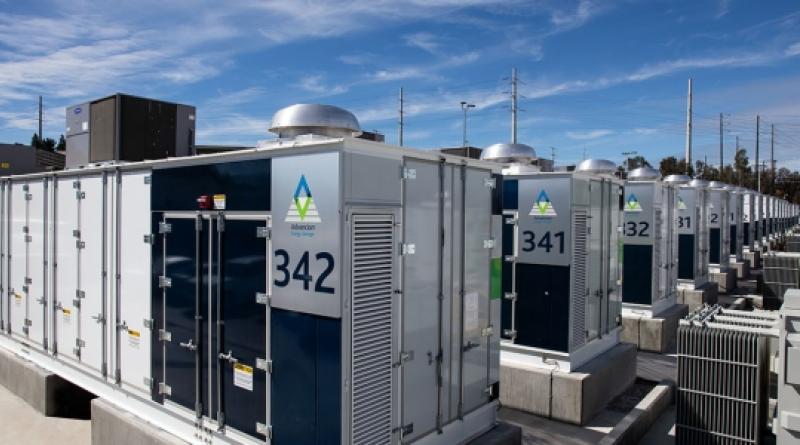The Next Frontier In Energy Storage.

A materials science lab at Rice University has developed a relatively green lithium ion battery recycling process that allows for the retention and subsequent reuse of valuable component elements such as cobalt.
The method involves a so-called deep eutectic solvent—a compound that freezes at much lower temperatures than its constituent compounds—that can dissolve a variety of metal oxides, and the researchers reported that it had successfully extracted a substantial portion of the cobalt used in lithium batteries.
“It’s important to recover strategic metals like cobalt that are limited in supply and are critical for the performance of these energy-storage devices,” the head of the materials lab, Pulickel Ajayan, said. “Something to learn from our present situation with plastics is that it is the right time to have a comprehensive strategy for recycling the growing volume of battery waste.”
The strategic importance of cobalt in the battery industry has seen prices for the otherwise abundant metal soar over the last couple of years, but over the past six months it has slumped as stockpiles built up. The problem is, more than half the world’s supply of cobalt is in the Democratic Republic of Congo, where artisanal mining—a dangerous practice—and child labor add to an unstable political situation that make miners and investors nervous enough to fuel excessive price volatility.
The overall problem of battery recycling, however, is more serious, and it is likely to spur a lot more innovation in the recycling technology space. The number of electronic devices with lithium ion batteries is growing, and there are no signs that this growth will subside anytime soon in the gadget age. Then there are also more and more EVs on the roads, and these have a lot bigger batteries to be recycled or reused after their productive life ends.
A recent report from Allied Market Research calculated the lithium ion battery recycling market would reach US$2.27 billion by 2025. That’s up from US$138.6 million in 2017, which means a compound annual growth rate of almost 42 percent. This is a pretty impressive growth rate that will necessitate better recycling methods such as the one developed by the Rice University researchers, especially if they are cheap and less harmful to the environment than established processes.
“As a whole, recycling lithium-ion batteries is typically expensive and a risk to workers,” the lead author of the research, Kimmai Train, said. “The nice thing about this deep eutectic solvent is that it can dissolve a wide variety of metal oxides. It’s literally made of a chicken feed additive and a common plastic precursor that, when mixed together at room temperature, form a clear, relatively nontoxic solution that has effective solvating properties.”
Recycling rates are also an issue that researchers are looking into and trying to improve. Last month, a Finnish company announced that it had achieved a recycling rate of over 80 percent for lithium ion batteries. This compares with an average of 50 percent and, the company said, it employed a less carbon-intensive-than-usual version of hydrometallurgy, a common way of recycling batteries.
Battery recycling certainly looks like the next frontier in energy storage and electronics. As the race to make batteries more reliable and longer-lasting continues, another one is beginning that will seek to find out how to better dispose of these longer-lasting and more reliable batteries once their life is over.
3 April 2019
![]()




